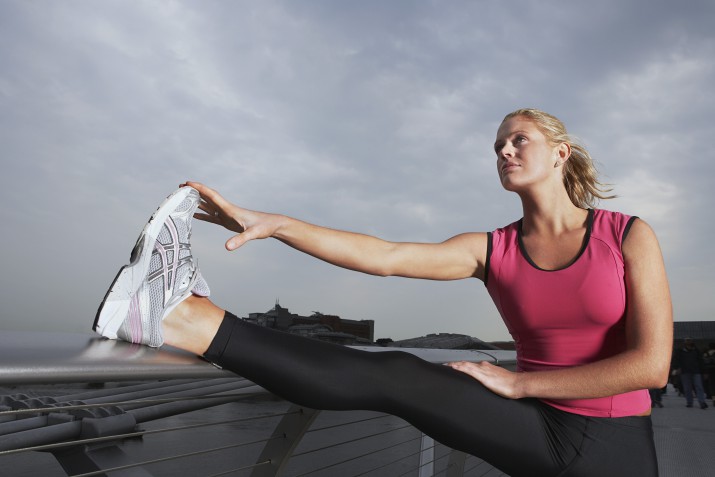Since the rise of Nike, running companies have marketed a seemingly endless array of types of running shoes. For a beginning, or even more advanced runner it can be difficult to determine what is a legitimate concern when picking a shoe, and what is a clever marketing gimmick. There are a handful of factors that you should really concern yourself with.

What type of running shoes do you need?
Are you looking for a road or a trail shoe? Obviously, this is contingent on where you plan to do the bulk of your running. Road shoes are designed to help mitigate the repetitive impact of the pavement, while trail running shoes aid with traction on slippery, steep, uneven, or even rocky surfaces. Trail shoes also typically come with a rock plate as well to keep you safer from rocks penetrating the bottom of your shoes. You’ll want to pick a shoe that lines up with the surface you train on.
Drop or cushion
The heel-toe drop is a measurement of how much higher the heel is than the forefoot. A lot of the time (but certainly not always), a higher drop means more cushion for the foot. More cushion tends to dampen ground feel. On the other side of the spectrum, a lower drop minimalist shoe allows the foot to land more easily on the forefoot but eliminates some protection.
Because of the book, Born to Run it is pretty easy to go down the rabbit hole in researching what may be right for you. There are pros and cons to both. I wear a zero drop shoe. They seem to make my stride more efficient. However, you should be aware that zero-drop shoes tend to load the calf more and make you more susceptible to lower leg injuries in the short term. My answer is to go to a running store and have them evaluate your stride. They will help you choose a shoe that will allow for a proper foot strike (another topic that you can easily go down the rabbit hole with).
I have my preference, but whatever route you go, you should slowly transition to a different type if you already run high mileage.
Sizing
Pretty straight forward here: Always try shoes on at the end of the day because feet swell during the day. Try to allow for a thumbnail’s space in the toebox.
I don’t work at a running store; I never have. I can tell you without bias that they are a source of good information on shoe types. There are many brands, models, styles, etc. There is no one shoe that is perfect for you. Even if there was, the company would discontinue it in a year and make a newer version you hate – this happens all the time.
Your best bet is to buy your first pair at a running store and to add any new type of shoe into a rotation to allow your body to adjust to the change.
It’s easy to get swayed by marketing tactics, but stores like RunnersRoost can be your guide. If you insist on buying online, pick a company that gives a 30 day no questions return policy. Running shoe companies are typically very good with their return options, and it is in your best interest to leverage that if you’re buying online.



